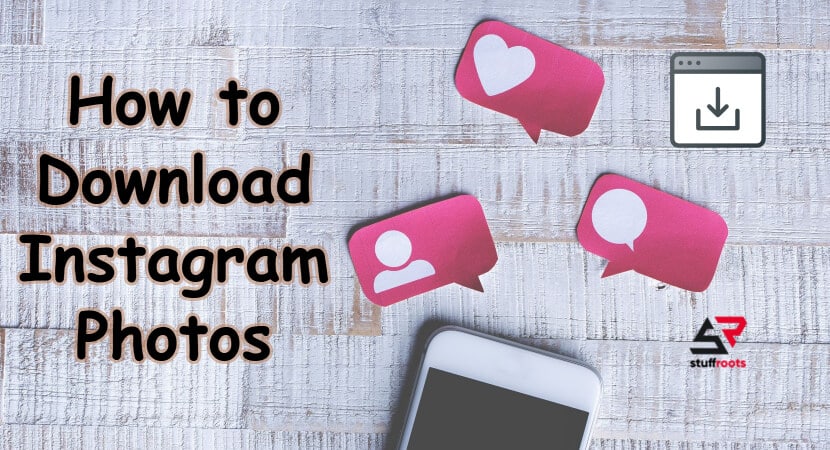In this article, you will find out How to Turn on Chromebook OS Developer Mode. Chromebooks are very powerful devices. Although many users pick up a Chromebook because of the simple browser-based experience, there’s much more you can do.
There are many ways to unlock the full power of ChromeOS, such as joining a Beta or Dev channel or enabling Chrome Flags. You can also improve your ChromeOS experience by enabling Developer Mode. For those familiar with Android phones, Developer Mode is similar to enabling root access on your mobile device.
It allows you to enable functionality not to present in the standard ChromeOS settings. For instance, you can use Developer Mode to install an entirely new OS on your Chromebook. Perhaps the most popular use for Developer Mode is for sideloading Android apps. There are many APKs on sites like APK Mirror that aren’t available for ChromeOS devices on the Google Play Store.
Before we begin, remember that Developer Mode is intended for developers. You can use this additional access to modify your device in several ways. There are also several drawbacks to using Developer Mode, which we’ll discuss at the end of this article.
Read Article: how to clear instagram cache?
How to Turn on Chromebook OS Developer Mode?
The first thing you need to know is that turning on Developer Mode wipes your login information and any locally stored data. So, before you do anything, back up all data you want to keep.
If you use ChromeOS full time, you can just back up everything to your preferred cloud storage service. Now that you’ve done that, here’s how to get to Developer Mode:
- Turn on your Chromebook.
- Press and hold the Esc key, Refresh key, and Power button at the same time.
- A message saying “ChromeOS is missing or damaged. Please insert USB stick” will pop up. Now, press and hold the Ctrl and D keys simultaneously.
- Press Enter (when prompted).
- Wait for the device to restart and go through the Chromebook setup process.
- You’ll get a screen saying that OS verification is off. You’ll now see this screen every single time you boot up.
- Press Ctrl and D to restart successfully.
Now you’re all set with Developer Mode on your Chromebook. With this new power, you can choose to install different Linux distributions, sideload as many Androids APKs as you want, and have plenty of new adventures with your Chromebook. You can also use it to access the developer shell if you want to actually do some Chrome-based development.
Drawbacks and risks with Developer Mode:
As with all tinkering and modding, there are a few drawbacks and potential risks to enabling Developer Mode in ChromeOS. Here are a few potential issues with keeping Developer Mode on all the time:
-
Security issues:
ChromeOS is a fairly secure operating system with its sandbox structure. However, all of that goes out the window when you run Developer Mode. You won’t have access to all the protection typically guaranteed by owning a Chromebook. This isn’t a big deal if you’re a power user and use the device properly, but it can be risky for the average user.
-
Warranty issues:
Since Developer Mode isn’t officially recognized or supported by most OEMs or Google, you may void your Chromebook’s warranty by enabling it. This isn’t usually the case for more powerful Chromebooks (which OEMs recognize may be used by developers in practice), but it can happen with lower-end models.
-
Data wipes
You must wipe your data completely each time you enable (or disable) a Developer Mode in ChromeOS. As you can imagine, this can be inconvenient if you want to just jump in and out of Developer Mode to play around.
-
Warning screen:
When using Developer Mode, you’ll always get a warning screen when booting your device. This slows down the fairly impressive boot speed of most ChromeOS devices, which is a major appeal to some people in the first place.
How to turn off Developer Mode:
So, what if you enabled Developer Mode and don’t like it? The good news is that disabling Developer Mode is just as easy. The bad news is that you need to wipe your data again. Make sure you backup your data again. Next, follow these steps:
- Turn on your Chromebook or reboot it if it’s already on.
- When the screen that says “OS verification is off” shows up, press the spacebar.
- This will perform a factory data reset and wipe the laptop clean.
- Go through the Chromebook setup process again.
As you can see, enabling and disabling Developer Mode are quite simple. If you want to test out Developer Mode, make sure you’re fully aware of the inherent security risks and back up all of your personal data. Developer Mode can add a layer of exciting extra functionality to your Chromebook or Chromebox — just make sure you use it with caution.






